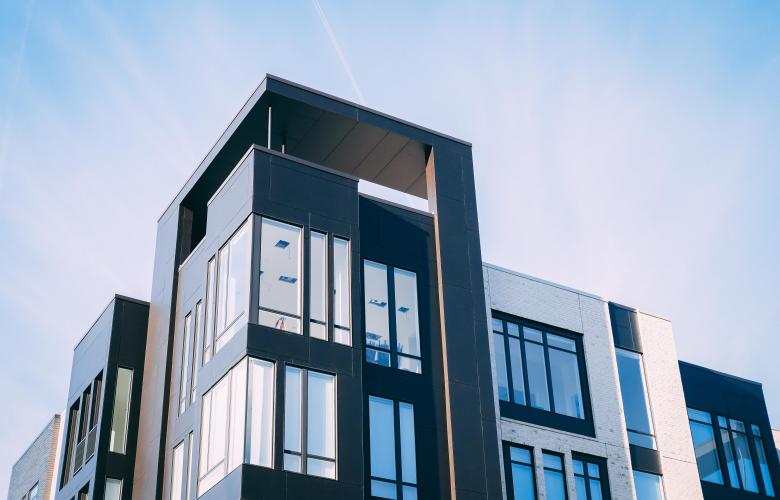Savills Japan Research has released its Tokyo Residential Leasing Briefing Q2 2019
At a glance:
- Average mid-market asking rents in Tokyo's 23 wards (23W) stood at JPY4,018 per sq m at the end of Q2/2019, up 2.3% QoQ and 6.5% YoY.
- Average asking rents in the central five wards (C5W) were JPY4,778 per sq m at the end of Q2/2019, up 2.2% QoQ and 7.3% YoY.
- The C5W's premium over the 23W average is holding steady at 19%, but seems more likely to increase than decrease moving forward.
- Only the C5W and South recorded higher rents this quarter, demonstrating strong demand for centrally located apartments.
- Koto in the Inner East performed well this quarter, with its quarterly growth rate ranking fourth in the 23W, adding on to good performance in previous quarters.
- Occupancy was slightly lower in Q2/2019, at 96.9% in the 23W, though the Outer East and West submarkets managed to post slight increases.
- The number of concluded leasing contracts has been in decline for five consecutive months. This might be an early sign of a ceiling in the property cycle.
C5W rents rose by 2.2% quarter-on-quarter (QoQ) and 7.3% year-on-year (YoY) to reach JPY4,778 per sq m1 in Q2/2019. 23W average rents rose by 2.3% QoQ and 6.5% YoY, landing at JPY4,018 per sq m. The 23W has now surpassed its Q3/2008 level, joining up with the C5W – which achieved that milestone just over a year ago. Very tight market conditions appear to be making rental increases look stronger than in reality: the number of available listings has contracted significantly and new apartments are having a greater impact on overall rents. Indeed, there is a significant gap among newer and older units in the current market, with the former enjoying much stronger rental growth than the latter. Even so, older units are still seeing moderate rental increases dependent upon factors such as location and accessibility by railway.
The C5W’s premium over the 23W held steady at 19.0% in Q2/2019 as both submarkets’ growth rates continued to move at a similar pace. The Inner North is now the only submarket save the C5W that maintains a premium over the 23W, after the South moved to a discount this quarter. The Inner East extended its discount to 5.4%, while the West, Outer North and Outer East registered even wider discounts of 11.3%, 16.5% and 23.9%, respectively. The outer submarkets have tended to offer a discount, primarily due to their distance from the centre, and their discounts have steadily expanded over time (Graph 2).
Small apartments continue to be popular, with units in the 15-30 and 30-45 sq m size bands making up over three quarters of all listings in the 23W and an even higher proportion of listings in the C5W. The small sample size of larger size bands continues to fuel volatility in advertised rents. After posting a steep decline in Q1, rents for larger size bands rose sharply this quarter, once again pushing above those of smaller size bands. This provides further evidence that demand for larger apartments is increasing.
On the other hand, the number of concluded leasing contracts has been in decline for five consecutive months, perhaps as a sign of a ceiling in the property cycle, though a similar decline was observed last year with no adverse effect.
Source: Savills Japan
Similar to this:
Housing Japan Magazine 2019
Japan Real Estate Property Investment Guide for Foreigners released by Nippon Tradings International
Rents are rising across the Tokyo 23W





